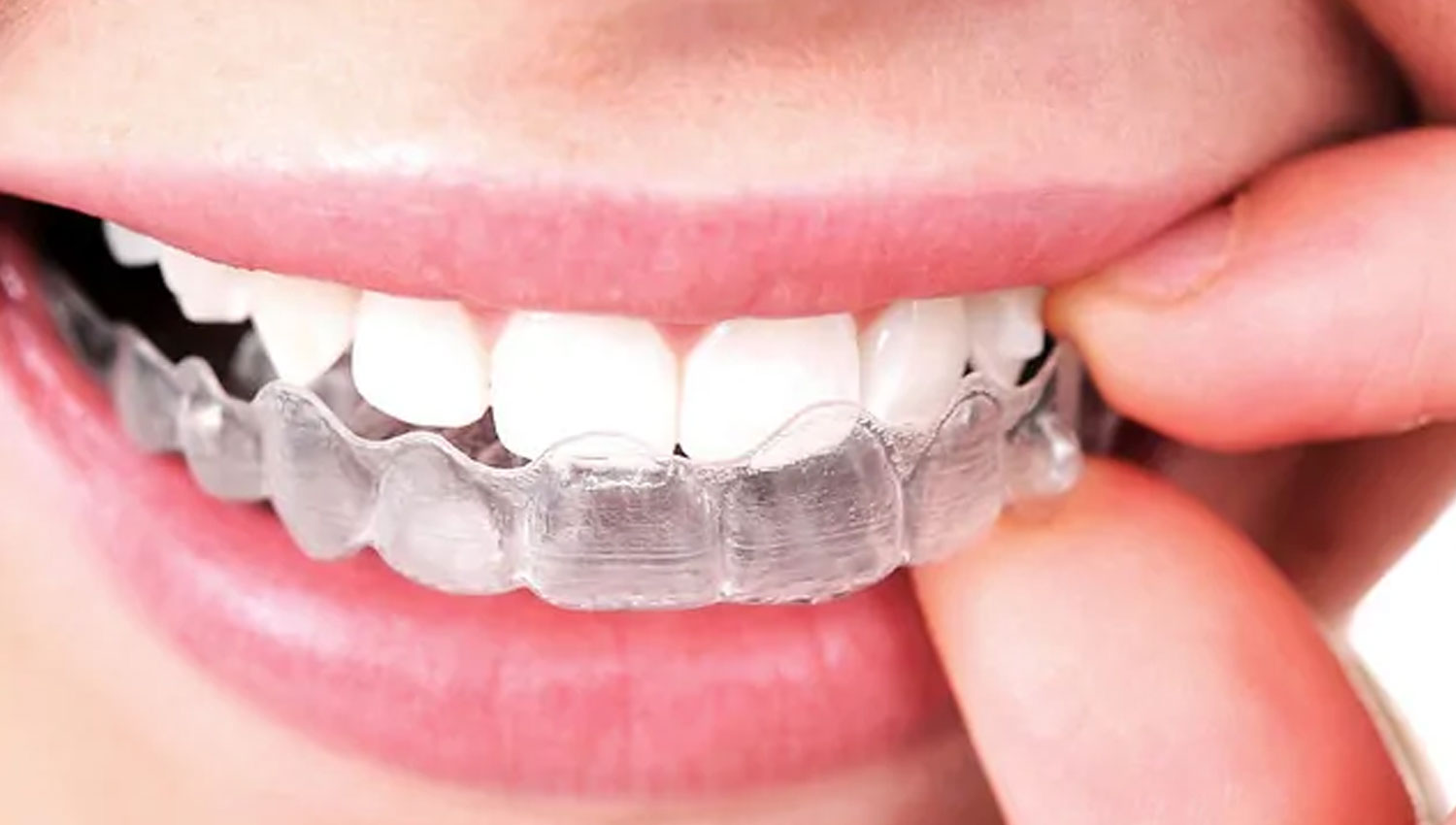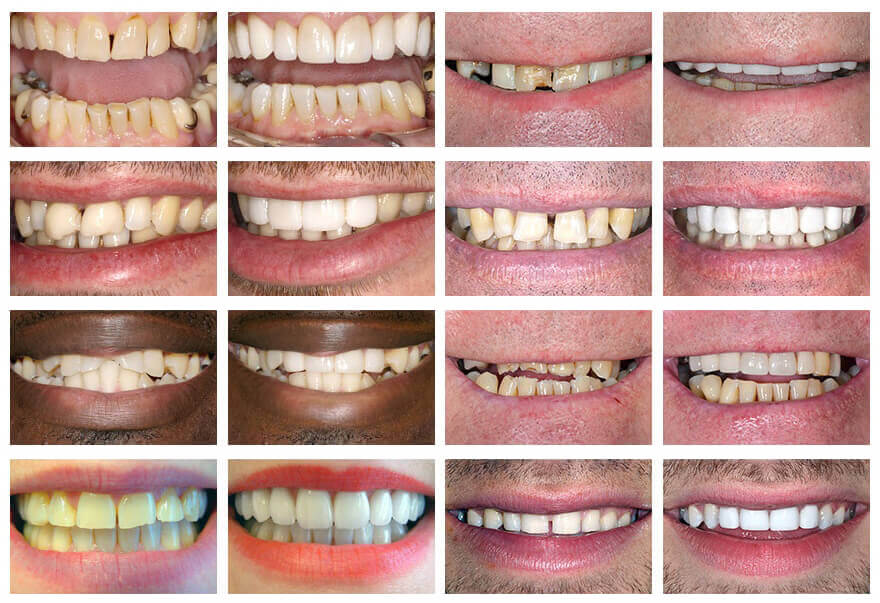Align Your Smile: Experts in Invisalign Mississauga Ready to Help
Align Your Smile: Experts in Invisalign Mississauga Ready to Help
Blog Article
Discover Effective Dental Treatments for a More Vibrant Smile - Learn More About Oral Bonding
In the quest of a glowing smile, individuals commonly seek efficient oral procedures to enhance the appearance of their teeth. Amongst the different techniques readily available, dental bonding stands apart as a prominent choice for its capability to address an array of cosmetic worries. From repairing chipped or blemished teeth to closing gaps and reshaping enamel, oral bonding uses a functional solution. Nevertheless, recognizing the complexities of this treatment and its advantages requires a closer take a look at the procedure, candidacy standards, and post-treatment care. By exploring the subtleties of dental bonding, one can get insights right into how this therapy compares to various other choices, providing a comprehensive sight of the possibilities for attaining a brighter smile.
Advantages of Oral Bonding
Oral bonding uses a minimally intrusive and affordable solution for improving the appearance of teeth. Unlike various other aesthetic oral treatments, such as veneers or crowns, bonding typically requires minimal to no elimination of the all-natural tooth enamel, making it a traditional alternative for smile enhancement.

Treatment Introduction
Starting with an evaluation of the procedure involved in oral bonding, we look into the extensive summary of this aesthetic oral procedure. Dental bonding is a minimally intrusive technique made use of to enhance the appearance of teeth by using a tooth-colored resin material to the surface. The procedure starts with the dentist choosing a material color that matches the natural color of the client's teeth.
Next, the tooth surface is roughed up, and a conditioning liquid is related to assist the bonding material stick appropriately. The material is then formed and shaped to the preferred form before being solidified utilizing an unique light. As soon as the material has hardened, the dental practitioner will certainly additionally trim and polish it to blend flawlessly with the surrounding teeth.
Dental bonding is typically used to fix damaged or broken teeth, close spaces in between teeth, improve teeth, and cover stains. It is a quick and affordable method to enhance the visual appeals of a smile, commonly finished in a single browse through to the dentist's office.
Prospects for Oral Bonding
When determining eligibility for dental bonding, a detailed exam of the client's oral health and cosmetic objectives is carried out. Dental bonding is a functional cosmetic dentistry procedure appropriate for people with minor imperfections such as broken, split, tarnished, or twisted teeth. Candidates for dental bonding ought to have general excellent dental wellness, free of gum tissue condition or tooth degeneration, as these problems might influence the bonding's long life and effectiveness.
Perfect prospects for dental bonding are individuals seeking to enhance the look of their smiles without substantial oral job. Dental bonding is a conventional treatment option that can resolve visual worries without the demand for even more intrusive treatments. It is likewise a prominent selection for those looking for fast results, as bonding can frequently be completed in a solitary browse through to the dentist's office.
During a consultation with an oral expert, the person's certain concerns and wanted outcomes will certainly be examined to establish if oral bonding is one of the most suitable treatment option - emergency dentist mississauga. By recognizing the requirements for candidateship, people can make informed decisions concerning enhancing their smiles through oral bonding
Aftercare Tips
Upon completing a dental bonding treatment, preserving appropriate aftercare is vital to make sure the longevity and efficiency of the therapy. After the bonding procedure, it is critical to prevent consuming hard foods or attacking on things that might potentially harm the bonded area. In addition, abstaining from practices like nail-biting or chewing on pens can help avoid premature damage on the bound product.
Normal dental hygiene methods, consisting of brushing with a soft-bristled tooth brush and non-abrasive toothpaste, are essential to prevent and preserve the bond staining - sleep dentistry mississauga. It is suggested to floss everyday to get rid of any kind of food bits that may build up around the bonded area, decreasing the danger of degeneration
Routine dental exams every 6 months are vital to keep track of the condition of the bonding and attend to any kind of issues immediately. Throughout these check outs, your dentist can analyze the bond's stability, make any type of needed repair services, and supply advice on maintaining optimum dental health to extend the lifespan of the dental bonding.
Comparison With Other Therapies
In reviewing dental bonding as a therapy alternative, it is important to consider its benefits and restrictions in contrast to alternative procedures. One typical option to oral bonding is veneers. Veneers are slim coverings of porcelain or composite resin that are tailor-made to cover the front surface area of teeth. While veneers are much more resilient and stain-resistant than bonding, they are likewise extra expensive and content require even more prep work of the natural tooth structure.
An additional prominent choice is dental crowns. Crowns are caps that cover the whole tooth and are usually used for more comprehensive damages or to boost the appearance of a twisted tooth. Unlike bonding, crowns are more long lasting and can withstand greater biting pressures. However, the process of getting a crown involves removing more of the all-natural tooth structure, making it an irreversible treatment.
Eventually, the choice between oral bonding, veneers, or crowns depends on the individual's certain requirements, budget plan, and preferred outcome. Consulting with an oral expert can aid figure out one of the most appropriate treatment choice for achieving a brighter and much more positive smile.
Verdict
In final thought, oral bonding is a reliable treatment for boosting the appearance of teeth by remedying imperfections such as discoloration, gaps, and chips. It is a minimally invasive treatment that can supply durable and quick outcomes. With correct aftercare and upkeep, clients can appreciate a brighter and much more positive smile. Oral view it now bonding provides a cost-effective and practical option compared to various other a lot more invasive dental treatments.
In addition, dental bonding is a versatile treatment that can address a range of visual problems, including closing spaces in between teeth, reshaping misaligned teeth, or making teeth appear much longer.Starting with an examination of the process included in dental bonding, we dig right into the extensive review of this aesthetic oral treatment. Prospects for oral bonding ought to have total great dental wellness, free of periodontal condition or tooth decay, as these problems may affect the bonding's longevity and effectiveness.

Report this page